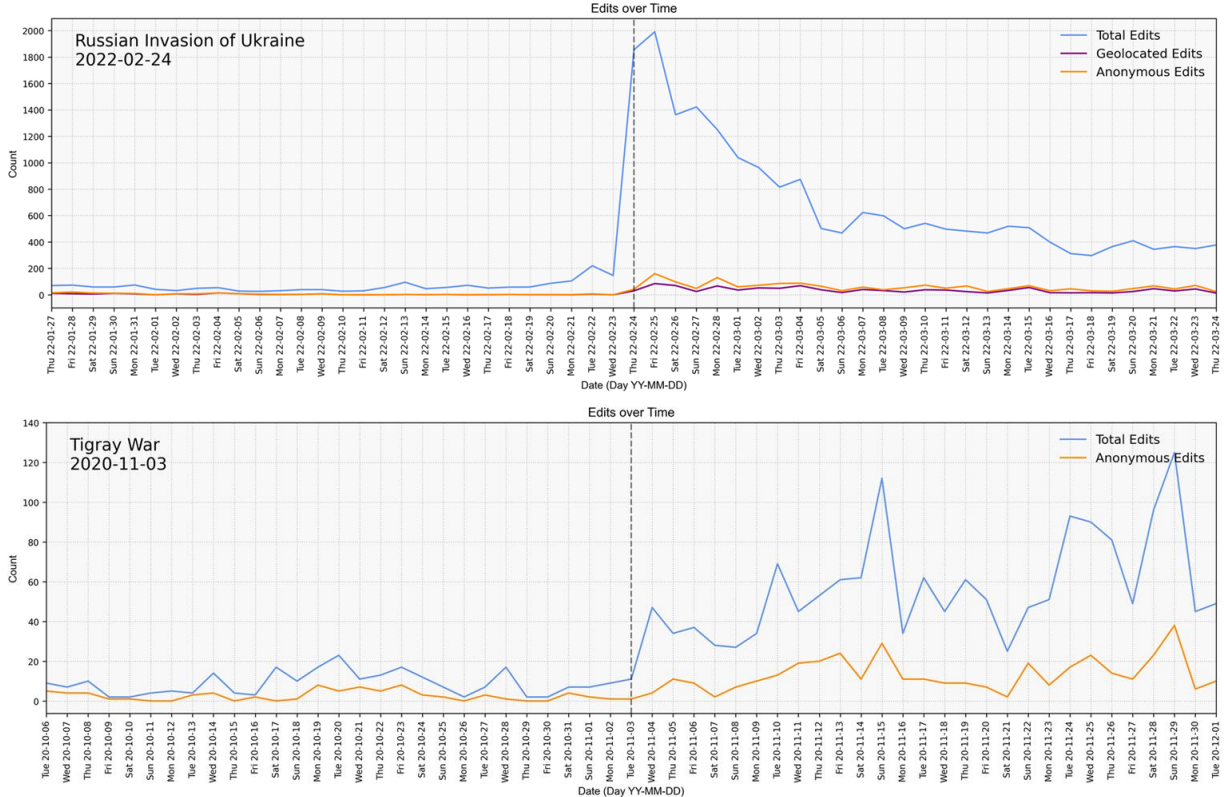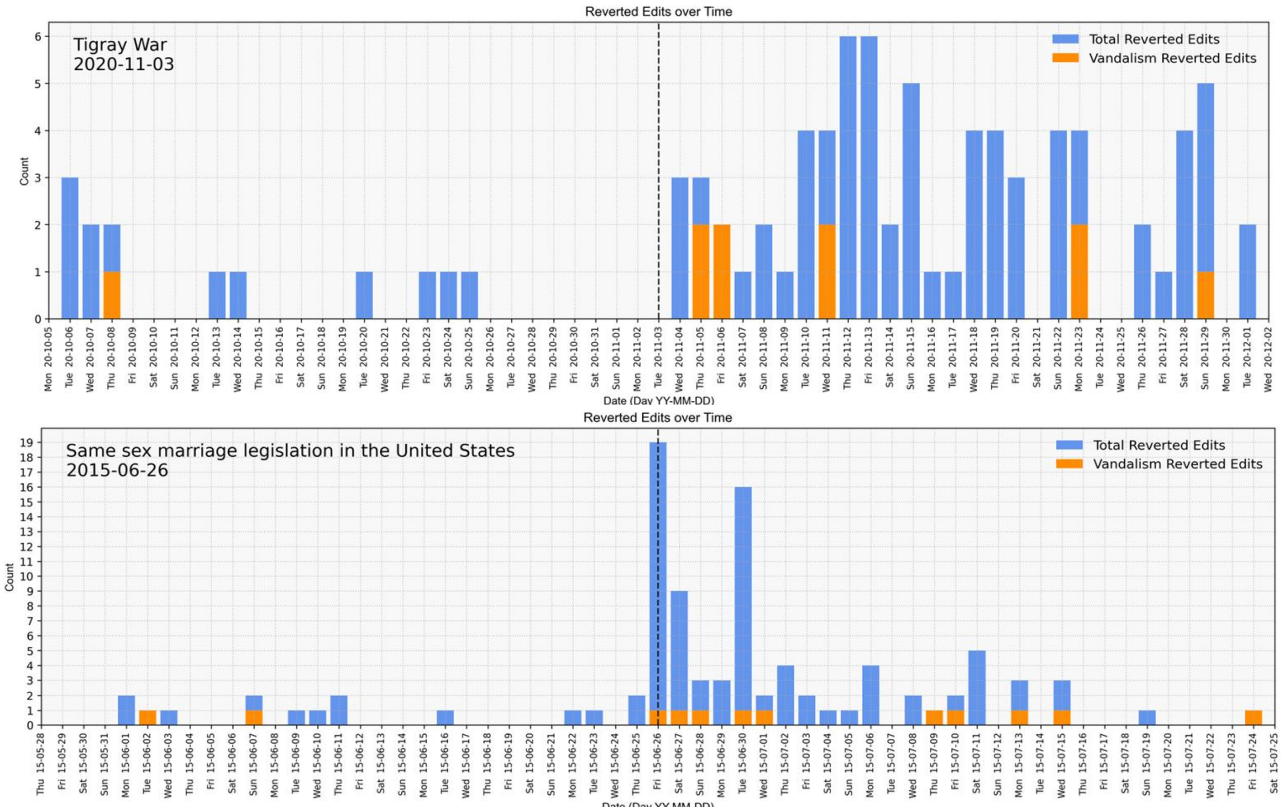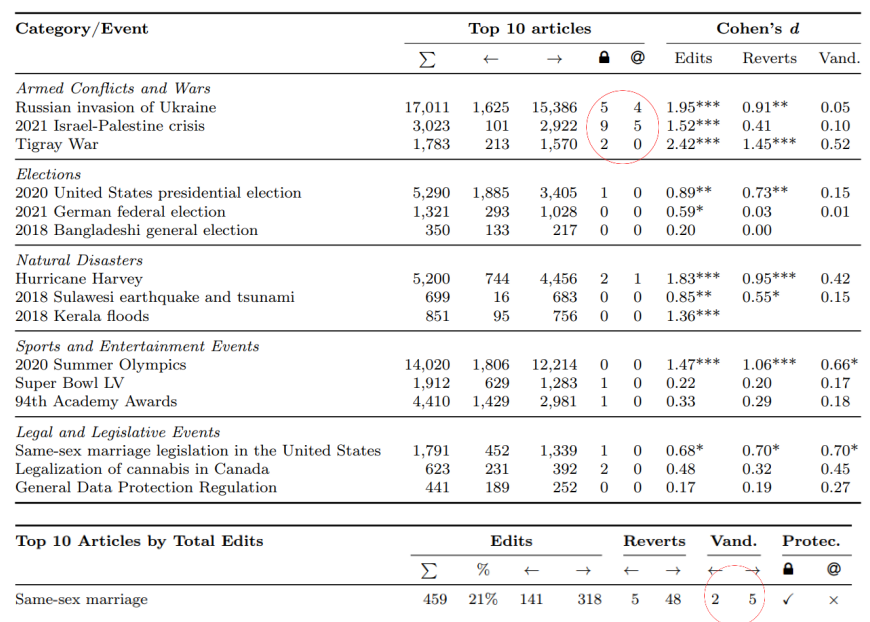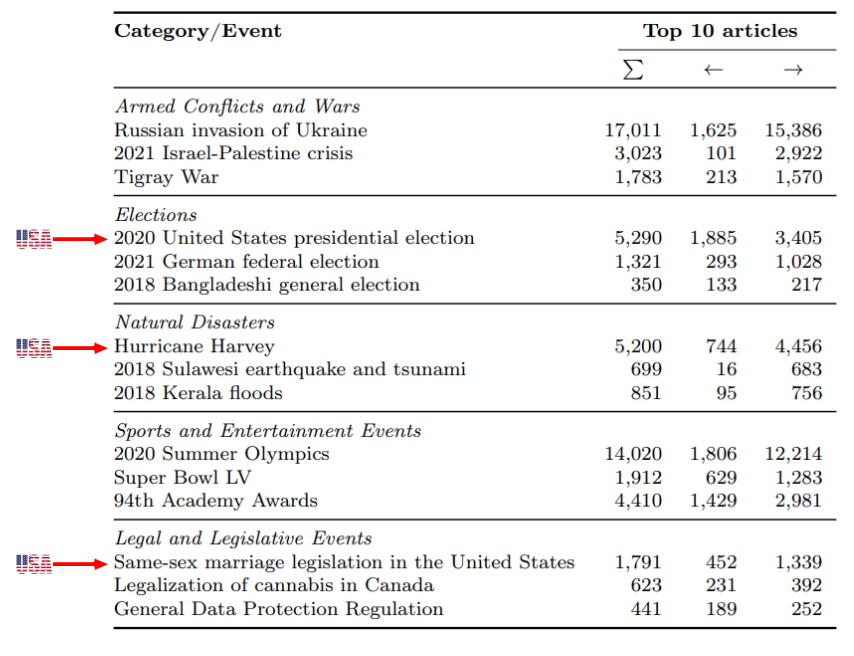Ali Saqallah

Data analyst with a master's degree in digital engineering, equipped with a strong foundation in quantitative analysis, data cleaning, and visualization. Proficient in Python and statistical methods, experienced in extracting actionable insights from complex datasets.
Data Analyst
Technical Skills: Python, Java, MATLAB, Microsoft Power BI, Dashboards, Problem Solving, Data Cleansing, Data Visualization (DataViz), Data Analysis, SQL, Tableau, R, KPI, SAP, QGIS, Statistics, Excel, Spreadsheets, Data Warehousing, Statistical Data Analysis, Git
Education
-
M.S., Digital Engineering Bauhaus-Universität Weimar, Germany (October 2020 - August 2023) -
B.S., Civil Engineering Jordan University of Science and Technology, Jordan (October 2013 - March 2018)
Work Experience
Thesis Researcher (Data Analyst) @ Webis.de, Germany (January 2023 - August 2023) Conducted research on real-world events’ impact on Wikipedia, utilizing data analysis and Python programming.
- Analyzed Wikipedia editing trends during events.
- Created informative data visualizations.
- Proficient in Python, Pandas, NumPy, and Matplotlib.
- Ensured data accuracy through rigorous cleaning.
- Developed a novel methodology for event impact assessment.
- Derived meaningful conclusions, enhancing understanding of online community behavior during events.
Civil Structural Engineer @ Creative Urban Designs, Jordan (April 2018 - September 2020)
Projects
Thesis: Quantifying the Effects of Real-World Events on Wikipedia
Objective: Quantitatively analyze the influence of real-world events on English Wikipedia editing behavior.
Subobjectives:
- Investigating Event Impact on overall editing activity: Understand how real-world events affect overall editing activity on English Wikipedia.
- Exploring Editing Behavior Patterns: Identify patterns in editing behavior around real-world events, including editing bursts, revisions, and changes in focus.
- Variations Across Event Categories: Explore if event types (e.g., armed conflicts, elections, disasters) lead to distinct editing behavior patterns.
- Wikipedia’s Response via Article Protection: Analyze how Wikipedia protects articles related to events to prevent vandalism and misinformation.
Development of Analysis Methodology:
Step 1: Acquiring Editing Data
Relevant editing data obtained from the reproduction of Kiesel et al.’s [2017] paper “Spatio-temporal Analysis of Reverted Wikipedia Edits,” using authors’ open-source software.
Step 2: Determining Time Frames around Events
a) 12th month period:
- Graphical interpretation.
- Includes 6 months before and 6 months after events.
- Assess distinct patterns beyond immediate pre/post-event periods.
b) 8-week period:
- Analyze 4 weeks before and 4 weeks after the event (Quantifying editing behavior changes before and after the event).
- Comparing to identify shifts and trends.
Step 3: Operationalizing Key Metrics
a) Total Edits: Measure of overall editing activity and engagement.
b) Reverted Edits: Indication of conflicts or disagreements among editors.
c) Vandalism-Reverted Edits: Highlighting malicious attempts to manipulate content.
d) Top Articles and their Contributions: Identifying topics that attract the most attention.
e) Number of Protected Articles: Understanding Wikipedia editors’ response to events.
Step 4: Selecting Relevant Wikipedia Articles
Definition of Relevant Article:
- A “relevant article” pertains directly to the event under study.
- Provides specific information, details, and perspectives about the event.
Four Approaches Explored:
a) Main Article: Limits editing behavior comparison before and after the event (Main articles often lack pre-event editing data).
b) Main Category: Many unrelated articles; missing relevant ones.
c) Directly Related Category: Inconsistent, lacks direct connections.
d) Title-Based Search (chosen): Iterative process for relevance, ensures high relevance to the event, and consistent.
Step 5: Quantifying Effects with Statistics
- Conducting comparative analysis of key metrics before and after events.
- Computing relative change and supporting it using Cohen’s d.
- Examining top 10 contributing articles and their protection status.
- Comparing events within categories and across different categories.
Results:
Quantification of Event Impact:
1) Overall Editing Activity:
- Increased editing activity is observed after events across all categories.
- The Russian invasion of Ukraine event had the highest total edits due to its global impact.
- The Tigray War exhibited the highest effect size (d = 2.42***), indicating sustained activity.

2) Reverted Edits:
- The Tigray War had the highest effect size on reverted edits (d = 1.45***).
- The Russian invasion of Ukraine and the Israel-Palestine crisis had lower reverting rates.
3) Vandalism-Reverted Edits:
- The Same-sex marriage legislation event had the highest effect size for vandalism-reverted edits (d = 0.70*).
- Controversial topics likely contributed to the increased vandalism-reverted edits.

4) Article Protection and Vandalism:
- Armed conflict-related articles are more protected due to their vulnerability.
- The Same-sex marriage article is still prone to vandalism despite protection.

5) Editorial Biases:
- United States events received higher editing activity compared to similar events from other countries.

6) Registered Users Contributions:
- The majority of edits during events were made by registered users.
- The lowest registered edits were 71% during the 94th Academy Awards event.
- The highest registered edits were 96% during the 2021 Israel-Palestine crisis event.
- Registered users demonstrate consistent dedication to updating and enhancing Wikipedia’s content.
These results provide a comprehensive understanding of how real-world events impact English Wikipedia editing behavior, including increased activity, differences in reverted edits, vandalism-reverted edits, article protection, editorial biases, and the contributions of registered users during various events.